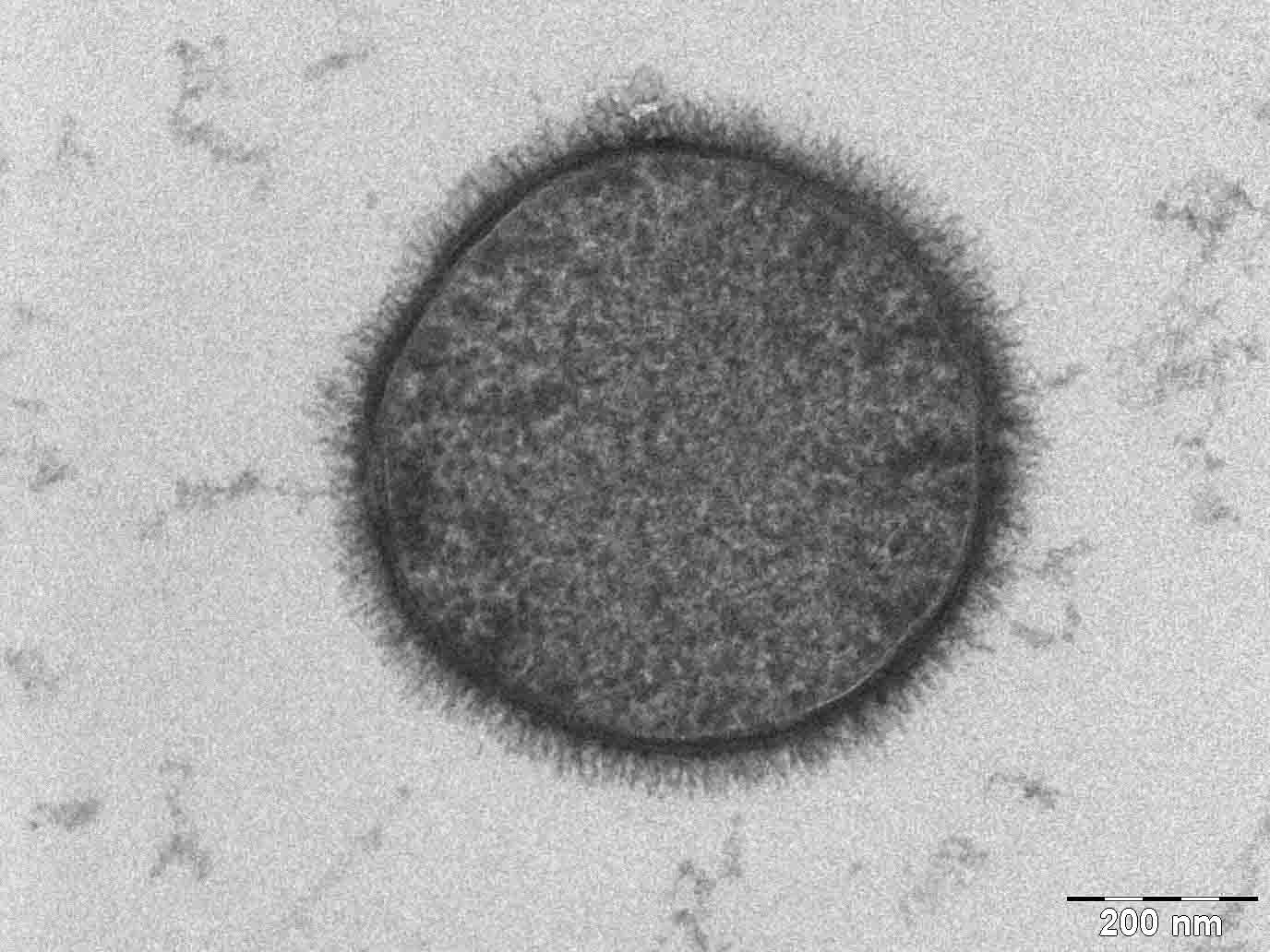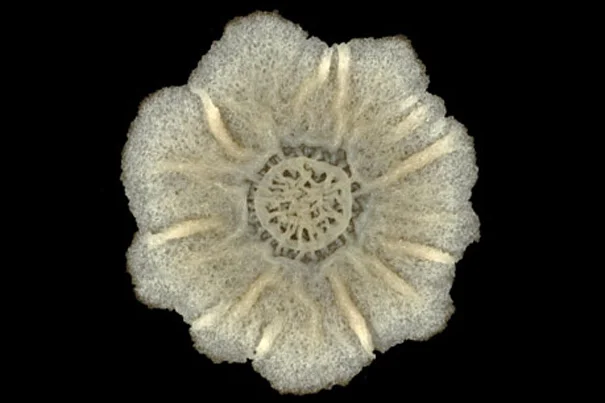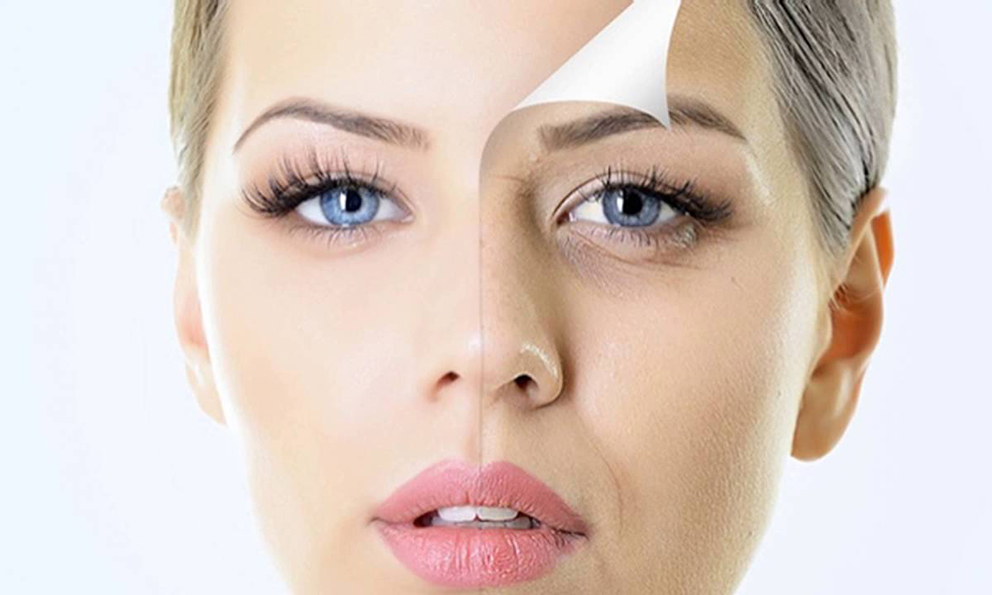Blog > Food Biotechnology
Bacillus subtilis | The Probiotic that Stops cell deterioration.
The benefits of Bacillus subtilis bacteria as an antiage
Dr. Rubén Ares

The Bacterium Bacillus subtilis taken with a Tecnai T-12 TEM. Taken by Allon Weiner, The Weizmann Institute of Science, Rehovot, Israel. 2006.
Join us to know the properties antiage and health benefits in humans and pets that this probiotic has to offer.
Bacillus subtilis is the name of this bacteria discovered in 1835 by the German scientist Christian Gottfried Ehrenberg, who originally called it Vibriosubtilis Later, in 1872, the German bacteriologist Ferdinand Cohn names the bacterium by the name by which it is recognized today.
Let's see its properties and benefits for your organism.
Properties of the bacteria
- It's a microorganism Gram positive, which include microorganism of pathogenetic nature -like some bacterial species belonging to the genus Streptococcus– and others of which are considered probiotics -such as B. subtilis-.
- It's an facultative anaerobe. In other words, it is an organism that can develop in presence or absence of oxygen.
- It's catalase positive -the catalase It is an enzyme possessed by most aerobic bacteria that breaks down hydrogen peroxide into water and oxygen.
- It has the ability to create a biofilm with an endospore -specialized cells with the function of ensuring survival in times of stress-. The spore allows to resist the gastric pH of 1, to the proteolytic enzymes of the first portions of the intestine and radiation levels that surpass 70 Gray. As if that were not enough, it can live hundreds of years.
- It's catalase positive -the catalase It is an enzyme possessed by most aerobic bacteria that breaks down hydrogen peroxide into water and oxygen.

Bacillus subtilis colony seen from above where the biofilm was produced. Hera Vlamakis.
Where is it found?
Its location is multiple: it is in the soil, the water, and peat in different regions of the planet. In addition, it can be found in the gastrointestinal tract of ruminants and humans.
Function as a probiotic
As a probiotic it settles in the intestine helping the first immunological barrier producing 3 natural antibiotics:
- Bacitracin
- Subtilin
- Surfactin
These help to eliminate fungi and pathogenic bacteria. In addition, its horizontal genomic transfer has been verified as a symbiosis with enterocytes -thus enhancing the axis, microorganism, intestine, CNS-.
This is why it has proven to be the the number one probiotic due to its viability, adaptation to the environment and its genomic potential.
anti-aging action

But the most important thing is to explain its mechanism as a cell antiaging.
This mechanism is based on the biochemical pathway of the IGF 1 produced by the bacillus - that is, the polypeptide hormone induced its production in humans and animals by growth hormone, with great similitude to insulin, only it's produced by the liver instead of the pancreas. The Bacillus subtilis can produce it biochemically -it is 50% similar to insulin but with more anabolic characteristics-.
This molecule acts on the epigenome -that is, the proteins related to DNA- (mainly histones) by stimulating the 4 Yamanaka Genes. This results in a biochemical cascade of regeneration and cell rejuvenation.


